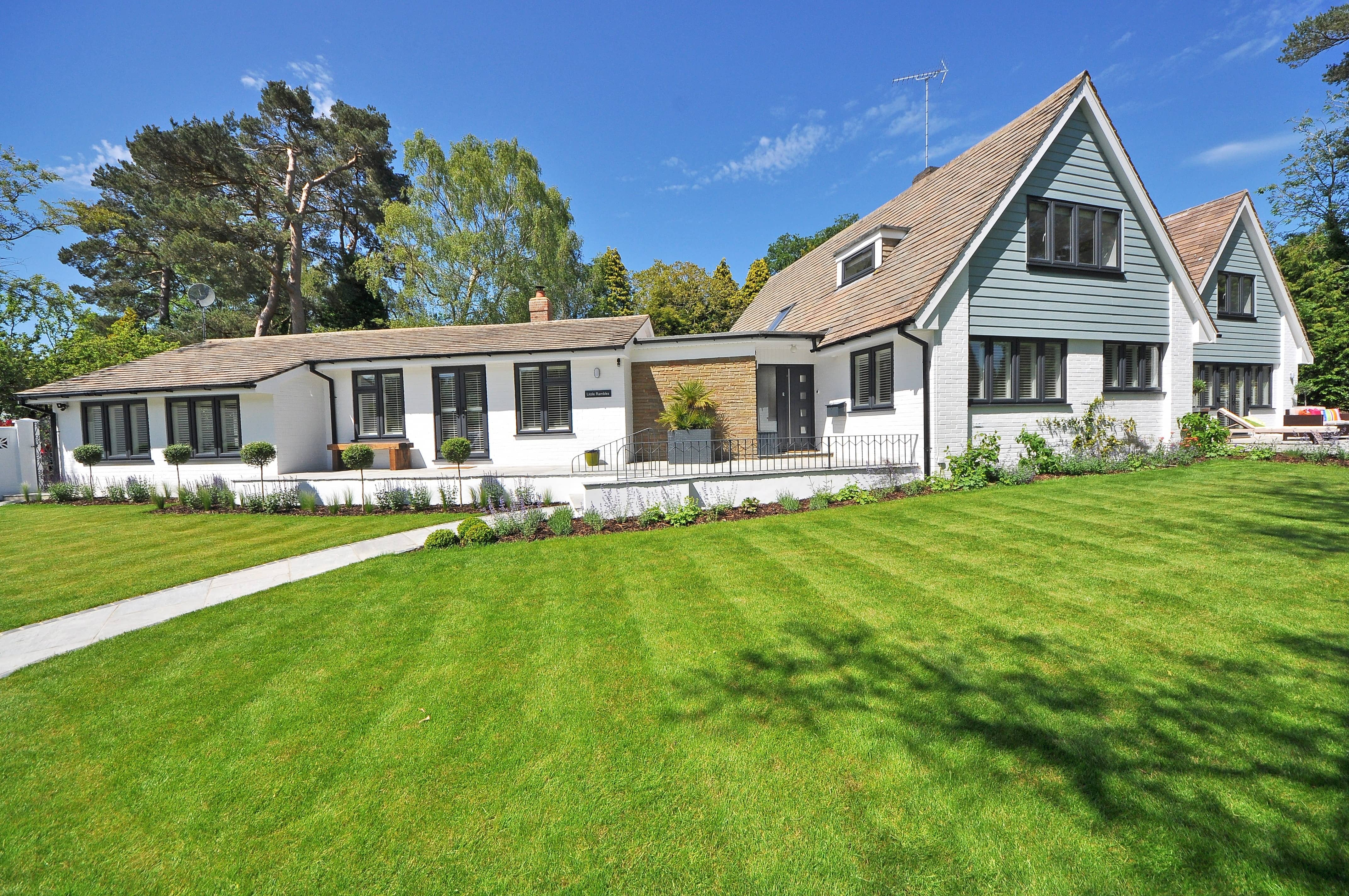
If you’re thinking of buying or selling a residential property in Canada, you may want to pay attention to the new Residential Property Flipping Rule that was introduced in Budget 2022 and became law on December 15, 2021. This rule aims to curb the practice of property flipping, which involves purchasing and reselling a residential property in a short period of time to realize a profit. Starting January 1, 2023 and all subsequent years, the new rule deems the profits from flipped property as business income, which means they are fully taxable and do not qualify for the capital gains inclusion rate or the principal residence exemption. In this blog post, we will explain what property flipping is, how the new rule works, and what exceptions and implications it has for residential property owners in Canada.
Before we can delve into the details of the law, we first need to define what property flipping is. Property flipping is a term that describes the practice of buying and reselling a property in a short period of time for a profit. This can also include reselling the rights to purchase a property before its official sale, which is sometimes called “shadow flipping” or “assignment sale”. Property flipping is different from buying a property and holding it for long-term appreciation or rental income. Property flipping can be done in two ways:
Under the new rule, profits from the sale of a flipped property are deemed to be business income. Where the new deeming rule applies, profits on the sale cannot be treated as a capital gain (50-per-cent income inclusion) and the Principal Residence Exemption is not available if the property is sold within 365 consecutive days from the date of purchase. This is a change from the previous years, when an individual could sell a residential property that was held for personal use or to generate rental income and treat the profits as capital gains. If the property was the “principal residence” of the homeowner, the owner could claim the principal residence exemption to eliminate any tax arising from the gain. Any losses from the sale of a flipped property are deemed to be nil - meaning it may not be used to reduce the taxable income of the individual taxpayer.
Here is an example of the consequences for capital gains tax if a house was purchased for $500,000 and sold for $700,000 under the new Residential Property Flipping Rule:
First scenario: The house was sold within the 365-day holding period. In this case, the house is considered a flipped property and the profit of $200,000 is deemed to be business income. This means that the entire amount is taxable at the marginal tax rate of the seller.
Second scenario: The house was sold after the 365-day holding period. In this case, the house is not considered a flipped property and the profit of $200,000 may be treated as a capital gain or business income depending on the facts and circumstances of the sale. If the seller can show that they did not intend to flip the house when they bought it, they may be able to treat the profit as a capital gain and only pay tax on 50% of the amount ($100,000).
The disposition of the property can reasonably be considered to occur due to, or in anticipation of one of the following life events (Source: Canada.ca):
For further information please contact Taxtron Support at 416-491-0333 or visit www.taxtron.ca
Posted on 13 October 2023


